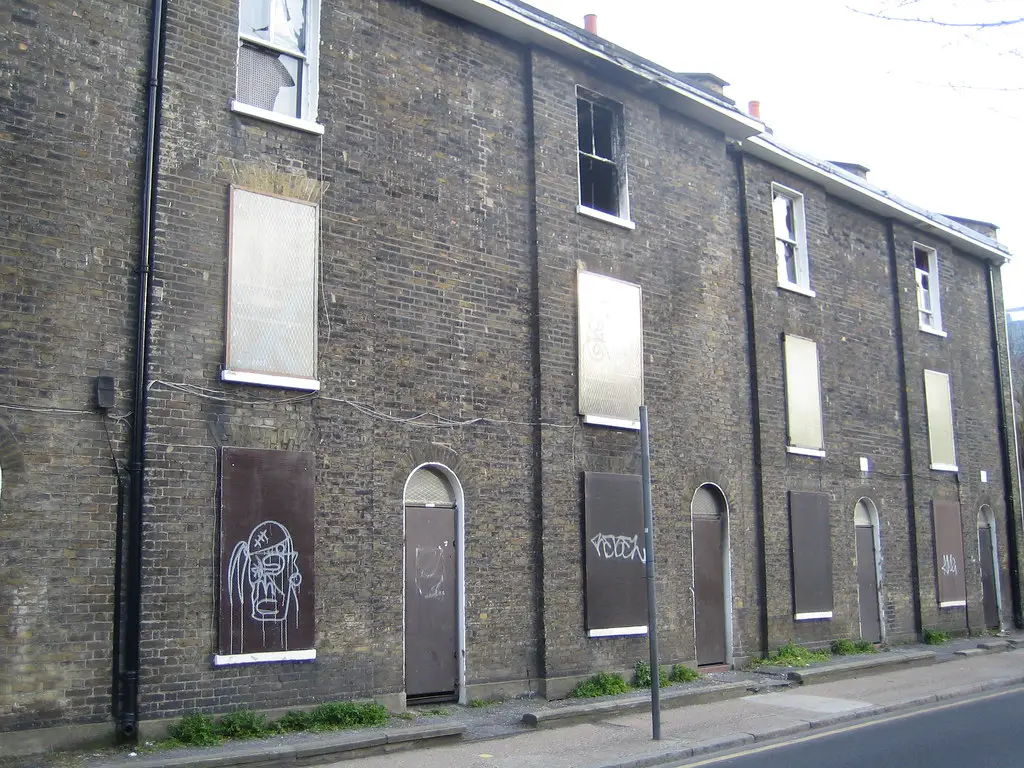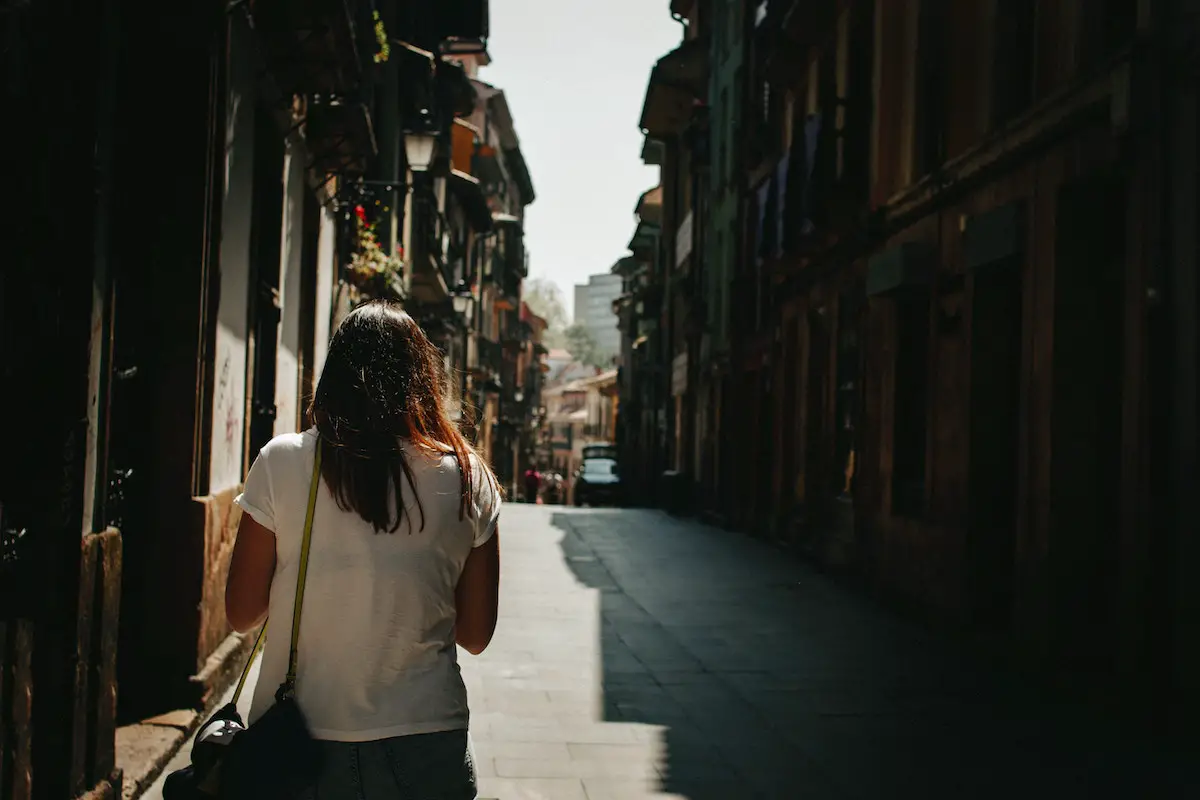The exhibition Our Cities, Ourselves commissioned 10 architects to imagine how a specific area of their cities should be transformed towards 2030, when the global urban population is expected to be 60 percent. All of the renovation projects explore how cities would be if they were redesigned for people, not cars, and follow principles for sustainable mobility drafted by Jan Gehl and the Institute for Transportation and Development Policy. Most projects seek to create more public space and introduce alternative transportation to solve pressing issues in the selected cities.

The Brooklyn Bridge in New York City is projected as car-free, and retrofitted for pedestrian and bicycle traffic. Another aim of the transformation is to build public space at both ends of the bridge and turn Lower Manhattan into an eco-zone with clean transportation.

The project for the port of La Boca in Buenos Aires, Argentina tries to revitalize the area’s waterfront, with public transportation and cycle paths. The renovation includes new housing and shops, but it also provides access to already existing cafes, bars and tango clubs.

The transformation of Orlando East in Johannesburg, South Africa from an apartheid-era ghetto to an urban center relies on public space to integrate residents and provide safe ways for people to move around, like rail lines and BRT.

In Guangzhou, China, the proposal calls for an elevated highway to be transformed for pedestrian and bicycle traffic. Public transportation and new commercial space are located below the highway.

The project for Budapest, Hungary tries to rediscover the Danube by relocating highways and parking spaces underground, while leaving public space and public transportation in the waterfront.

The area of Tacubaya in Mexico City is filled with disorganized transport and informal commerce, so the project proposes to move traffic underground and create shared spaces for BRT buses, bicycles and pedestrians.

The renovation for Dar es Salaam, Tanzania involves providing access to a park, making the waterfront walkable, creating a transport station away from the waterfront and introducing BRT.

In Ahmedabad, the city is plagued by motorcycles which make public space unsafe. The project aims to develop vacant sites that work for pedestrians and bicycles while introducing a BRT line.

In Jakarta, where 40 percent of streets don’t have a sidewalk, the proposed transformation seeks to create much needed public space and to connect different modes of transport but without displacing residents in the area.

The project for Rio de Janeiro, Brasil provides better pedestrian access to the Central Do Brasil, and new public transportation. The transformation also provides better access to the favelas and rebuilds empty sites.
By presenting all this information in a mainstream museum to people who may not have being exposed to urban planning before, Our Cities, Ourselves stimulates dialogue about how we are currently transforming our city. This highly recommendable exhibition will be running in Mexico City’s Franz Mayer Museum until March 20th, and is being showed simultaneously in Rio de Janeiro. It is scheduled to move to South Africa, India, China and Argentina this year, and has previously been exhibited in New York.
Photos: erlwst and Our Cities, Ourselves


